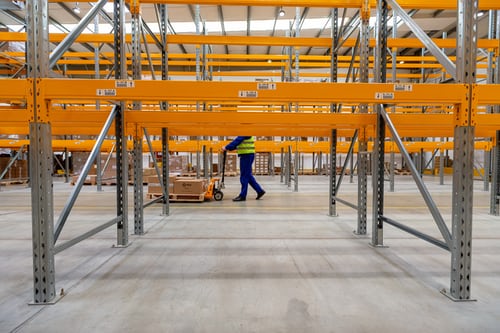There are a lot of moving pieces in a warehouse facility. From loading and unloading to managing inventory, there are plenty of ways for things to go wrong. A warehouse audit could uncover instances of fraud, security risks, or avoidable errors that cost your facility money.
It is understandable that the thought of spending your time running regular warehouse audits might be daunting. These audits could help you increase production and eliminate waste, however, making them a viable addition to your workload. Keep reading to learn more about our warehouse audit best practices.
Audit Regularly
Relatively minor mistakes can sometimes snowball when left unaddressed. One of the benefits of running audits on a regular basis is catching errors and discrepancies while they are in the early stages. Dealing with mistakes is never easy, but it is better to address them before they have time to cause lasting problems. A regular audit system could uncover a discrepancy that has not yet led to any lasting concerns for the warehouse.
Utilize Inventory Data
One of the biggest components of warehouse auditing involves inventory and the system used to manage it. Analyzing data related to inventory could be one of the best ways to limit waste. The sources of this data should cover every aspect of warehousing operations, including loss and theft prevention, count discrepancies, and accident reports. Synthesizing this data for quick reference could be beneficial throughout the course of a warehouse audit.
Interview Key Personnel
Audits are about more than just reviewing security procedures and ensuring all the inventory is accounted for. One of a warehouse manager’s greatest tools is the insight they can gain from key personnel. An audit should involve interviews with workers throughout the facility to understand their concerns and bring to light any issues that might not have otherwise been noticed during the audit. This could include anything from an undiscovered security threat to a more efficient way of packing and shipping.
These interviews can also provide insight into whether or not the workforce is absorbing the direction they receive. Questions to key personnel could be useful to determine whether warehouse workers understand policies related to safety, damaged inventory, or theft.
Consider Next Steps
Performing the audit itself is only the first step in correcting errors and increasing productivity. Without acting on the results of the audit, it is impossible for warehouse management to address any of the issues they uncover. This makes the next steps following a warehouse audit as important as the audit itself.
These steps could take several forms, from implementing employee feedback to tightening security. An audit might also bring to light unexplained losses or inefficiencies that could be offset by new cost controls. Shifts in scheduling could also provide answers for issues that arise among the workforce.
Address Workforce Shortages with Flex Workers
If your audit indicates that your facility struggles during high-demand periods, relying on flex warehouse labor could help you fill the gaps as needed. The HapiGig platform could be the answer to your flex labor needs. Our platform brings together gig workers with warehouse managers who need short-term solutions. Contact us right away to learn more.

